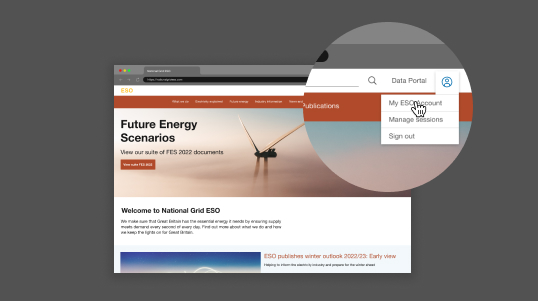The Third Energy Package of European legislation created a need for European Network Codes (ENC) to cover grid connections, markets and system operation.
These codes are designed to provide a sustainable, secure and competitive electricity market across Europe.
For more information, please contact [email protected].
European legislation
The Third Energy Package facilitates the development of a harmonised European internal energy market. It includes two directives and three regulations, which became law on 3 March 2011.
The Third Energy Package facilitates the development of a harmonised European internal energy market. It includes two directives and three regulations, which became law on 3 March 2011.
Clean Energy Package (CEP)
The CEP is a suite of legislation that originated in the EU, which aims to decarbonise energy and facilitate better outcomes for consumers. It came into force during 2018/19 and covers the following areas: energy performance in buildings; renewable energy; energy efficiency; governance of the energy union; and electricity market design.
- Regulation (EU) 2019/943 of the European Parliament and of the Council of 5 June 2019 on the internal market for electricity: click here to access. This has been retained as Statutory Instrument 2020 No. 1006: click here to access
- Directive (EU) 2019/944 of the European Parliament and of the Council of 5 June 2019 on common rules for the internal market for electricity and amending Directive 2012/27/EU: click here to access
- Regulation (EU) 2019/941 of the European Parliament and of the Council of 5 June 2019 on risk-preparedness in the electricity sector and repealing Directive 2005/89/EC has been retained as a draft statutory instrument: click here to access
Commencement of ENCs
All ENCs have now come into force and are EU regulations in their own right. Implementation activities in Great Britain will continue for a number of years. There are eight ENCs required by the Third Energy Package, grouped into three areas: market guidelines, system operation, and grid connection.
Requirements for Generators (RfG)
High Voltage Direct Current (HVDC)
Connection Code Introductory Videos
These videos tell you everything you need to know about the connection codes.



